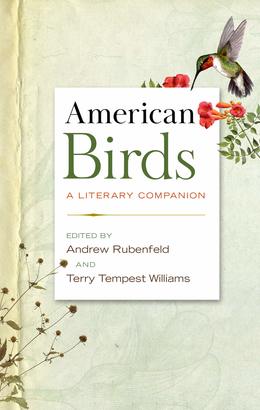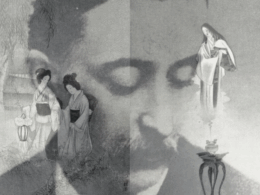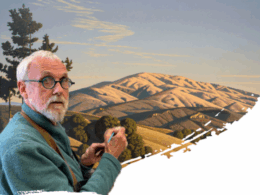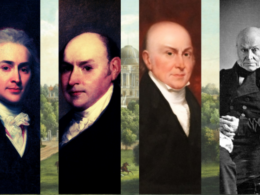Just out from Library of America, American Birds: A Literary Companion is an anthology gathering the best, most evocative and surprising writings on birds by American writers over more than two hundred years. It’s a collection that wings its way from the Aleutian Islands and the Florida Keys to the Maine woods, the deserts of the southwest, and even to suburban gardens and backyard feeders. Its multiplicity of species and habitats is matched by its eclectic array of genres: poems, journal entries, memoirs, short stories, essays, and travel accounts are all represented within these pages.
The book is edited by literature professor and avid birder Andrew Rubenfeld, in consultation with acclaimed author and conservationist Terry Tempest Williams, who contributes a foreword. Rubenfeld brings an impressive set of parallel credentials to the project: He has served as president of the Linnaean Society of New York, the nation’s second oldest ornithological and conservation organization, and is a founding member of the Birders’ Coalition for Gateway, an advocacy organization formed to restore the Jamaica Bay Wildlife Refuge following Hurricane Sandy. He is also a longstanding Contributing Editor at Library of America and a professor of literature at Stevens Institute of Technology, where he teaches courses on American nature and environmental writing. Via email, Rubenfeld answered our questions about American Birds and its diverse roster of contributors.
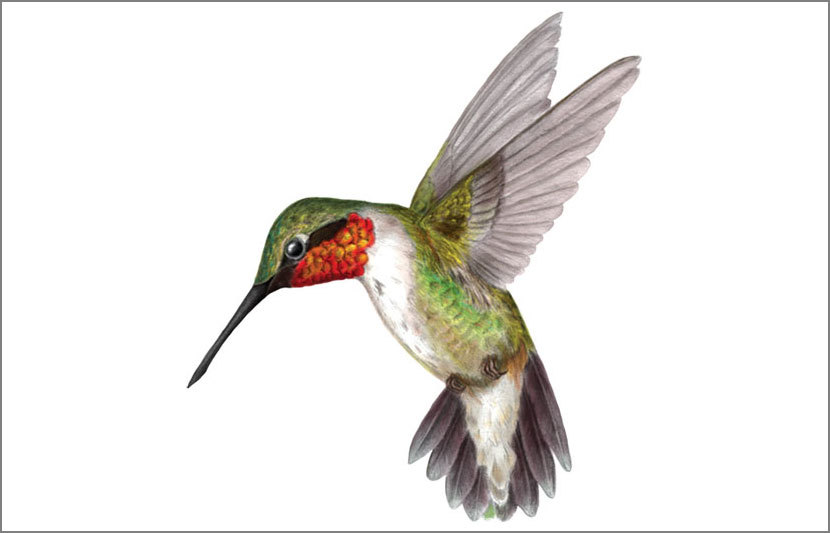
Library of America: American Birds is subtitled “A Literary Companion,” but the presence of Edwin Way Teale and other distinguished naturalists suggests there might also be a field guide quality to the book. Are you making a case for the overlap between these two areas?
Andrew Rubenfeld: It depends on how narrowly you want to use the word “literature.” And I am not going to try to define it. I don’t think you can: it’s amorphous, it’s subjective. That said, all of these works—some more than others—have a literary quality, perhaps something beyond literal and something expressive. Even the Frank Chapman piece, which comes from perhaps the first published field guide, has a lyrical quality in the description of a goldfinch, and even the introductory description of how to identify birds provides a non-scientific thrill. I avoided strictly ornithological pieces for the book and tried to present a range of other kinds of bird writing.
LOA: The selections here from Henry David Thoreau’s journals are a vivid reminder of his powers of description—he’s a great noticer. The quality of the writing speaks for itself, but how well have his observations stood the test of time? Are they of use to birders and other naturalists today?
Rubenfeld: Thoreau kept his journal from the late 1830s until just before his death in 1862. He recorded meticulously details of temperature, ice thickness, snow accumulation, rainfall, cloud formations, the subterranean interconnections of the ponds in the area, dates of migrating birds in the spring and fall, when trees and plants developed their leaves and flowers—that sort of thing. He was a well-respected botanist focusing on orchids, traveling to the bogs of Minnesota shortly before his death from tuberculosis to observe new species. Thoreau’s work as a scientist stemmed in part from the innovative undergraduate training in the natural sciences he had at Harvard College.
Taken as a whole, his journal becomes a benchmark for understanding the natural world of the northeastern United States in the mid-nineteenth century. Ecologists, climatologists, and other scientists today find his work invaluable. When the Library of America gets around—soon, I hope—to publishing a hefty pair or trio of volumes of selections from this massive journal it will be an eye-opener for many readers, and will even further advance the reputation of America’s greatest and, at the same time, supremely literary naturalist. Thoreau is my personal guru.
LOA: As you note in your introduction to the book, American Birds also acknowledges the outgrowth of environmental writing, as distinct from nature writing, beginning in the later nineteenth century. Were you concerned that the latter part of the collection not be overwhelmed by portents of ecological catastrophe?
Rubenfeld: My original table of contents for the volume included several sobering pieces about loss of species: a passage from James Fenimore Cooper’s 1823 novel The Pioneers about the slaughter of passenger pigeons on the frontier and a section from William Hornaday’s 1913 book Our Vanishing Wildlife about the wanton hunting of albatrosses on Midway Island for feathers for the fashion industry. The manuscript I submitted was clearly too big, and an editorial decision was made not only to trim the volume’s size but to emphasize the celebratory nature of watching birds.
Nevertheless, Sarah Orne Jewett’s 1887 story “A White Heron” is not so subtly subversive. It was written in response to the killing of snowy egrets in the Florida Keys and elsewhere for hat feathers. The story was part of the outraged public conscience that ultimately led to the creation of Audubon societies, national wildlife refuges, and the Migratory Bird Treaty, among other landmark conservation initiatives. My introduction also provides a reality check about species loss, habitat loss, and the growing potential for ecological disaster. Note my concluding reference to Wendell Berry, and his awareness of this “small, fragile place.”
LOA: A remarkable number of major American poets are represented in these pages, especially as the collection advances into the twentieth century. What is it about poets and birds?
Rubenfeld: From my bird-watcher point of view (as a non-scientist and as a teacher of literature) birds are evanescent, mysterious at times, often starkly beautiful, occasionally weird. They soar toward the heavens, their songs are full of intuitive meaning, they reflect behavior that we humans engage in, and they live in a complex world, our world, that can easily be shattered. Sounds poetic to me.
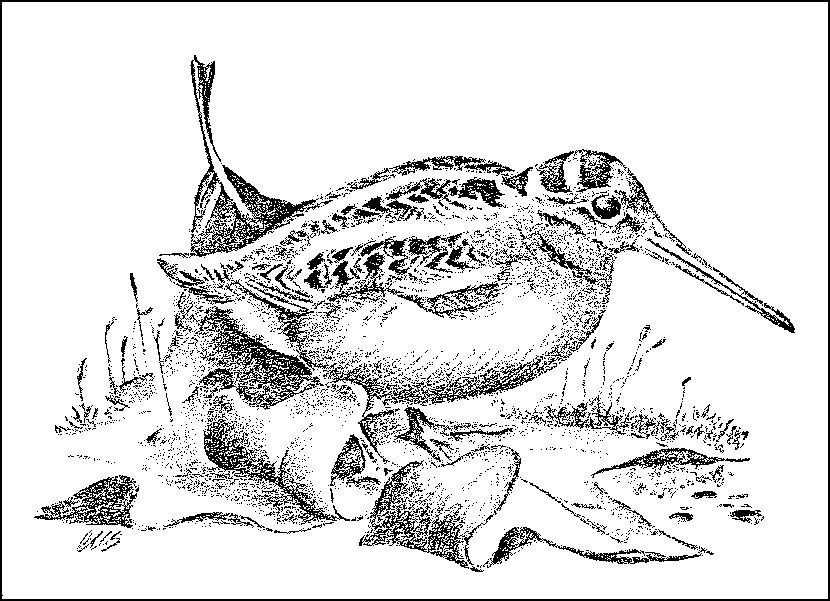
LOA: We’re curious to know how you, as both a committed bird-watcher and a longtime Library of America editor, respond to Walt Whitman’s playful injunction from Specimen Days & Collect: “You must not know too much, or be too precise or scientific about birds and trees and flowers and water-craft.”
Rubenfeld: I’m not a scientist. I appreciate greatly the contributions made by ornithologists, biologists, and others to our understanding of birds and the environment. And I hope my endeavors with the Linnaean Society of New York—two-term president, long-time chair of the conservation committee, involvement with post–Hurricane Sandy recovery at Jamaica Bay Wildlife Refuge, to name a few—have added, as a citizen-scientist, to bettering that understanding.
In my introduction to American Birds I avoid the terms “birding” and “birder” because I regard myself as a bird-watcher (what Thoreau calls a “sojourner in nature”). When I go out to look at birds in, say, Central Park (my local “patch”) I prefer not to know what has just been reported as present. I like the thrill of discovery. When I travel and go bird-watching I investigate in advance possible species present and the kinds of habitat I will encounter—I do my research—and the rewards of discovery are, frankly, existential and spiritual for me. Bird-watchers/birders are of all manner. I know that Whitman’s statement (equally my credo) would annoy the birder who is a lister, someone who maintains elaborate records and checks off what he or she has seen and heard, and where. Not me. That’s why I placed the W. S. Merwin poem (“Unknown Bird”) unchronologically at the volume’s end. Involvement in nature, undeniably a pleasure, can also be a lesson in respect and humility.
